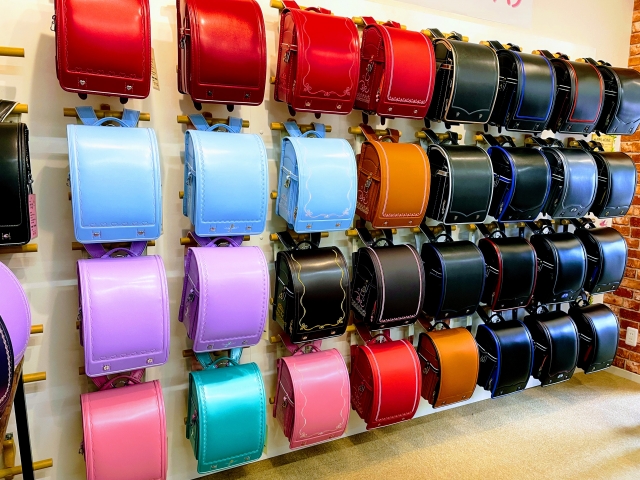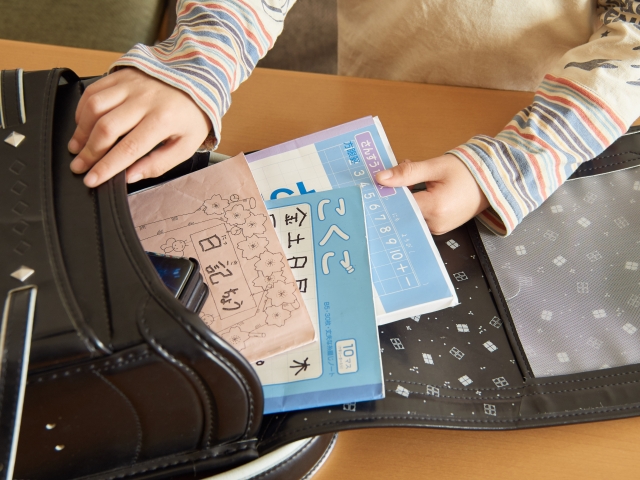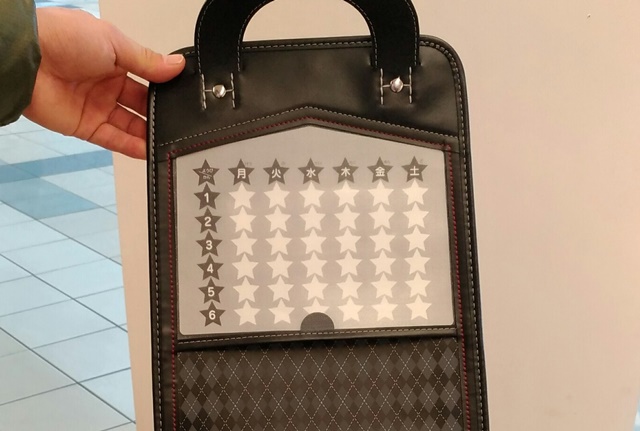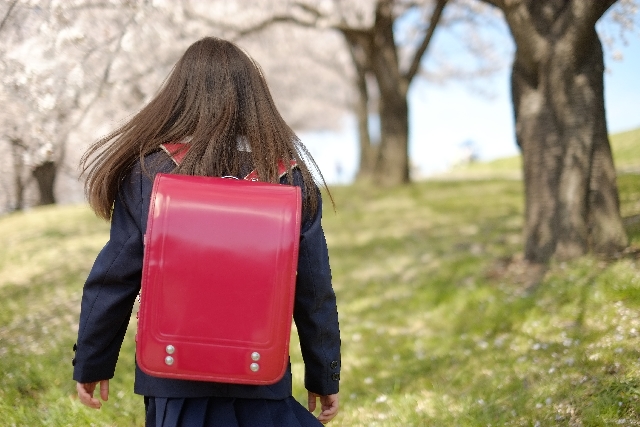If you walk through a Japanese neighborhood early in the morning, you’ll see small children in uniforms heading to school — each carrying the same box-shaped backpack.
That backpack is called a “randoseru” (ランドセル). For many Japanese people, it’s a nostalgic symbol of childhood — and surprisingly, its name came from Dutch.
From Dutch Soldiers to Japanese Schoolchildren
The word randoseru is derived from the Dutch word “ransel”, meaning “backpack.” During the late Edo and early Meiji periods, Japan adopted many ideas from Western countries, including the Netherlands.
The original ransel was a military backpack used by Dutch soldiers. It was later introduced to Japan and used by foot soldiers. Over time, the idea of a durable backpack spread to schools — symbolizing discipline, independence, and the beginning of a child’s education.
A Symbol of Elementary School Life

Today, the randoseru is an essential item for every Japanese elementary school student. It’s strong, structured, and designed to last all six years of elementary school.
Traditionally, boys carried black and girls carried red, but now you can find randoseru in every color — from sky blue to lavender to metallic silver.
Modern randoseru are made from lightweight synthetic leather to resist rain and wear, yet still crafted with careful handwork. Most come with a six-year guarantee, a promise that reflects Japanese craftsmanship and care.

Inside, there are compartments for textbooks, notebooks, and stationery, plus a transparent pocket for a timetable — a small touch of Japanese orderliness.

More Than Just a Bag

For many families, the randoseru is a milestone item. It’s often given as a gift from grandparents to their grandchild before the first day of school — a symbol of good wishes for learning and growth.
After six years of use, some parents even send the worn randoseru to be remade into miniature versions, keeping a tangible memory of their child’s school days.
So the randoseru isn’t just a backpack — it’s a story of childhood, craftsmanship, and a touch of Dutch history woven into Japanese life.

